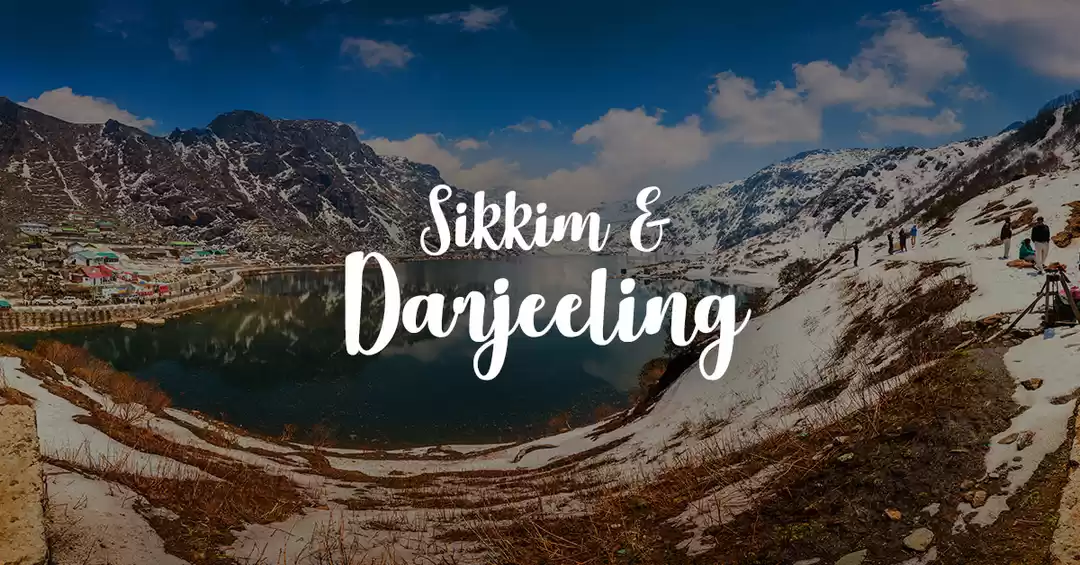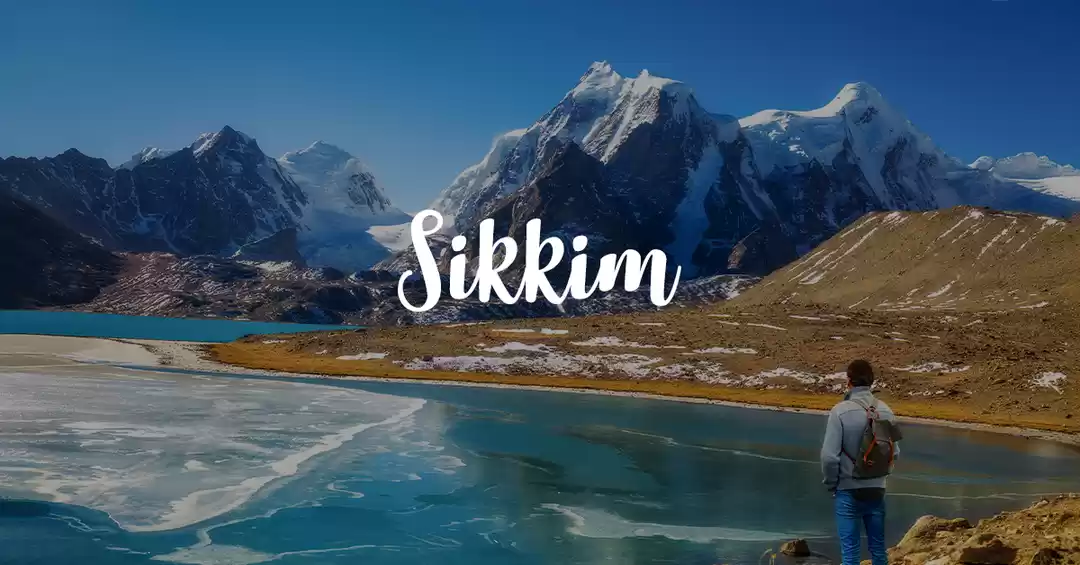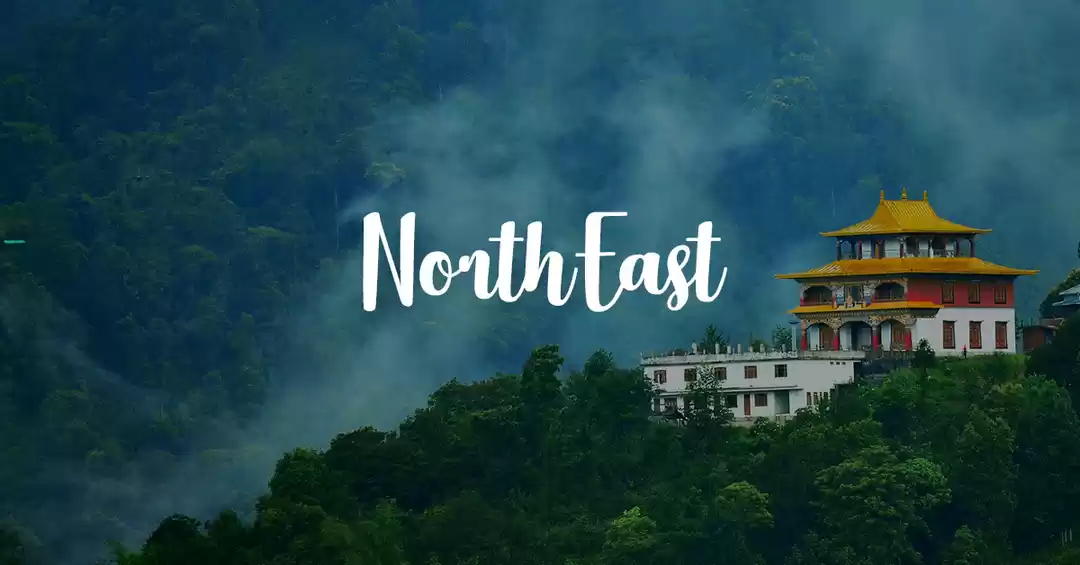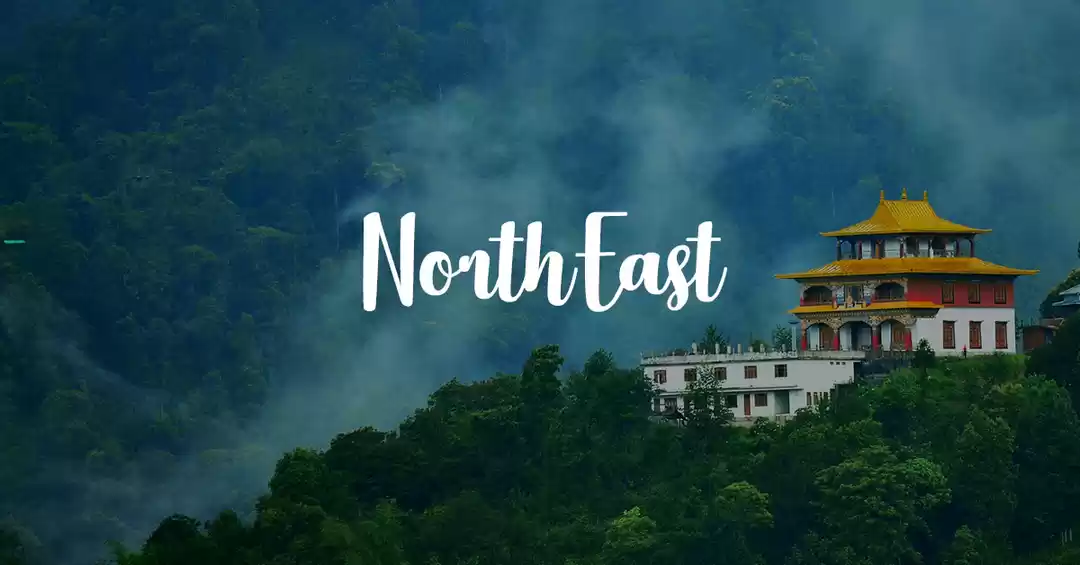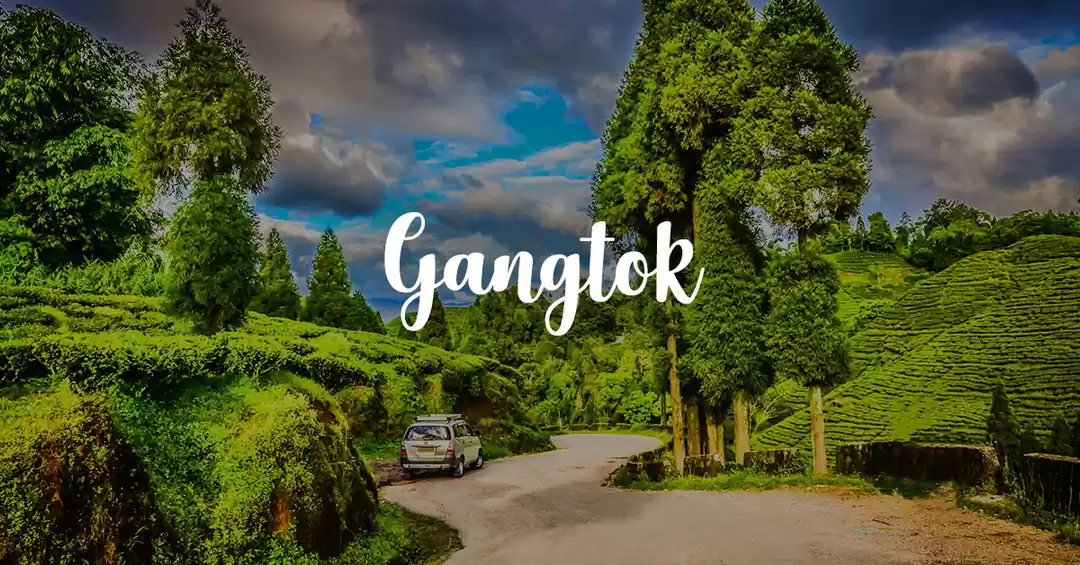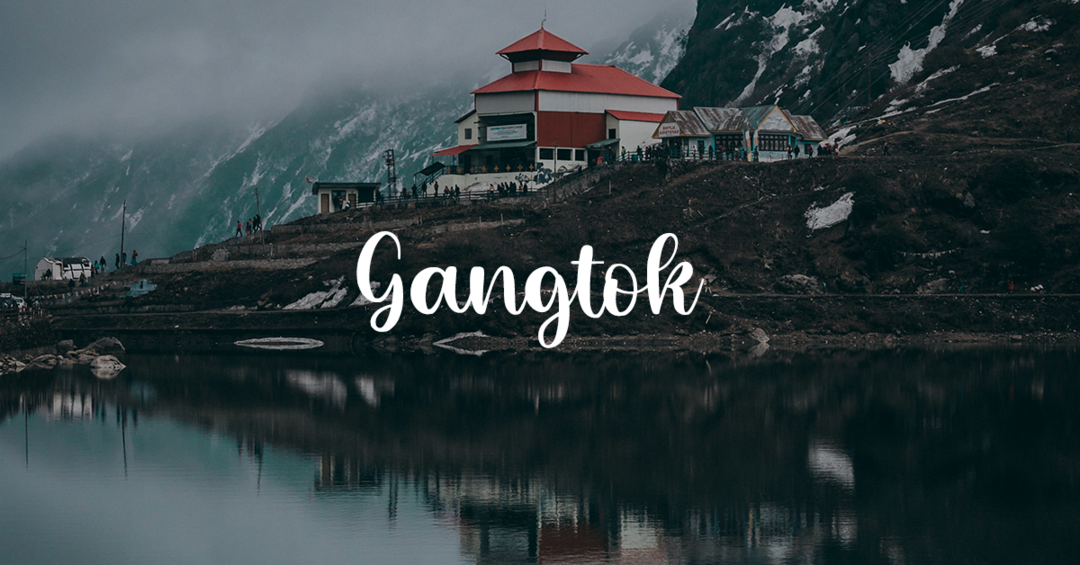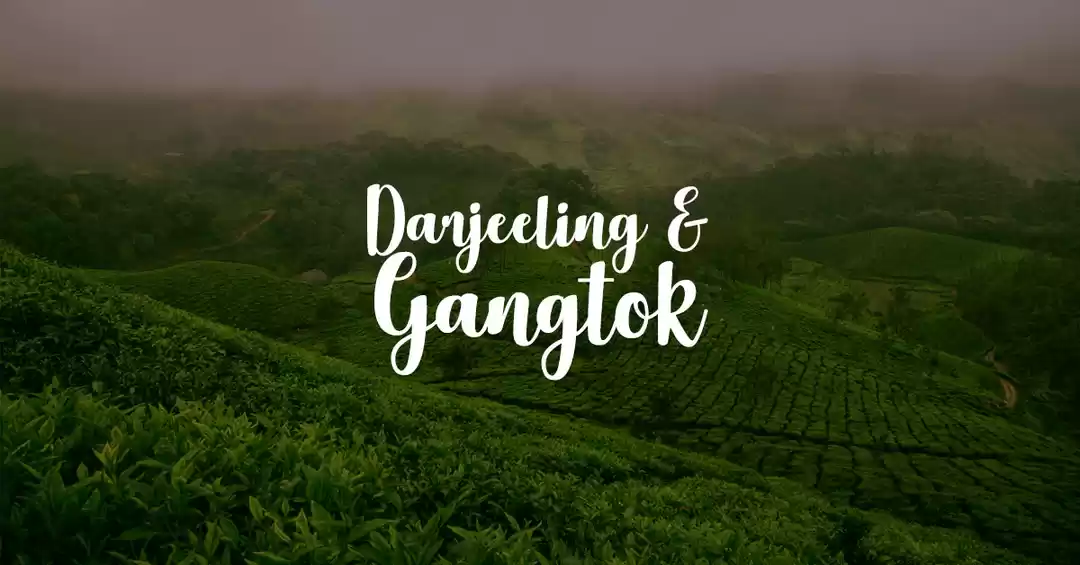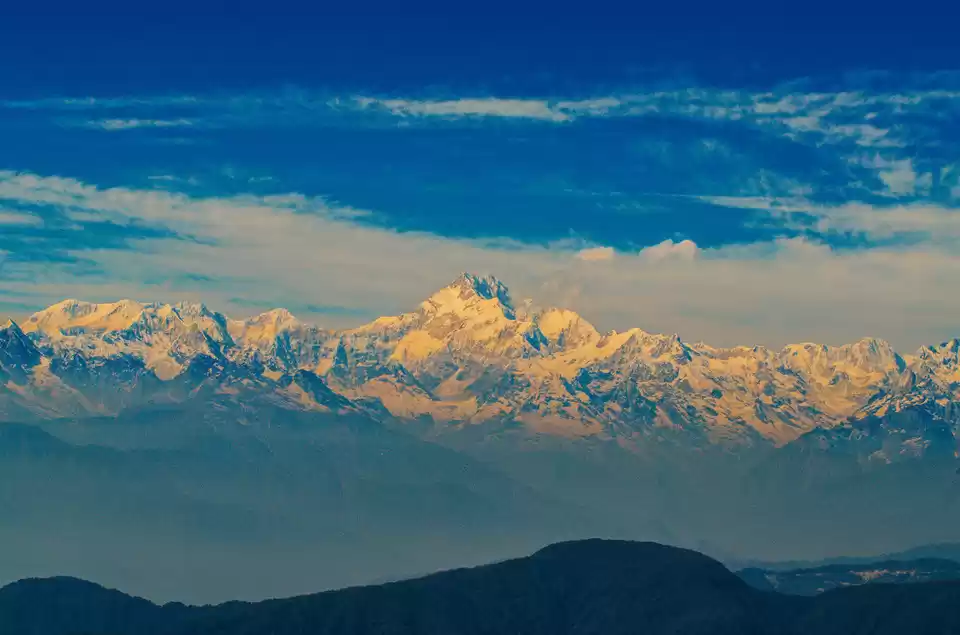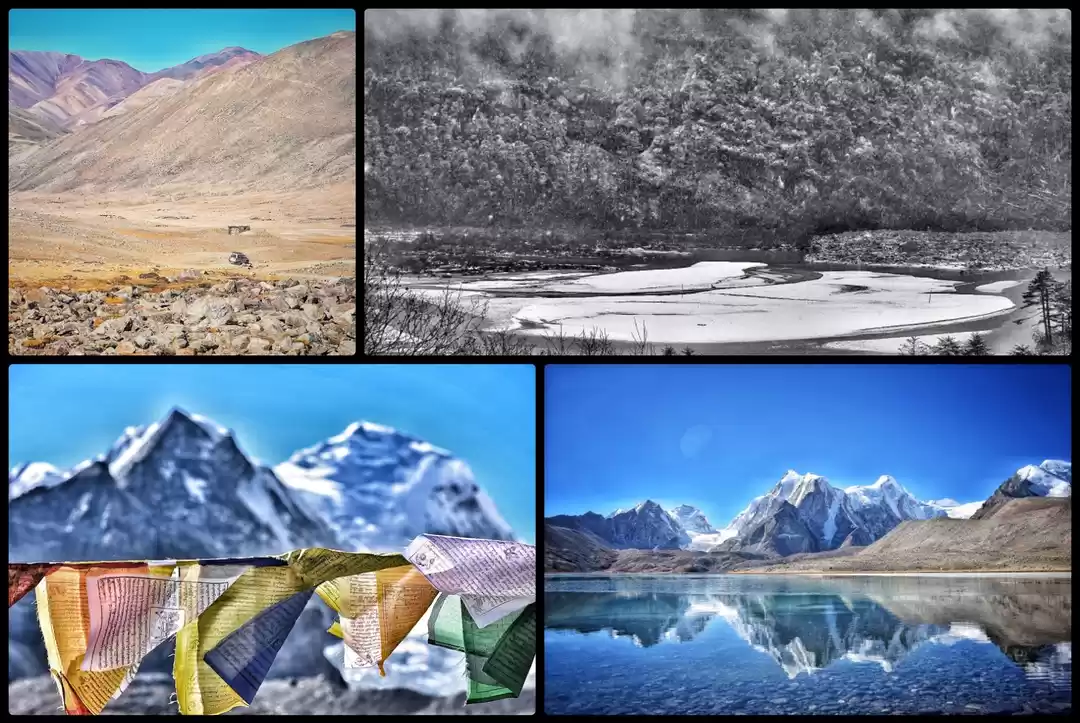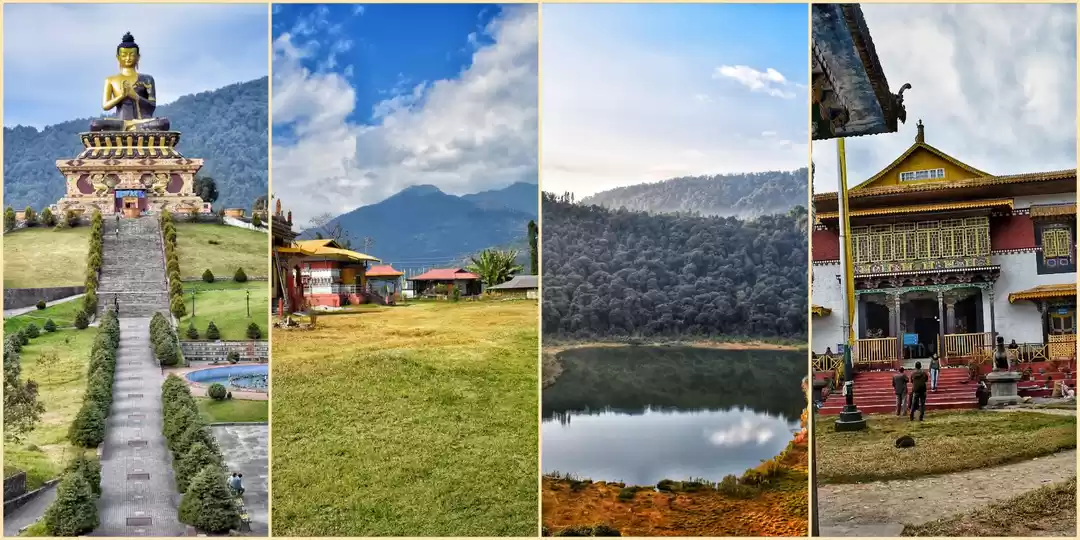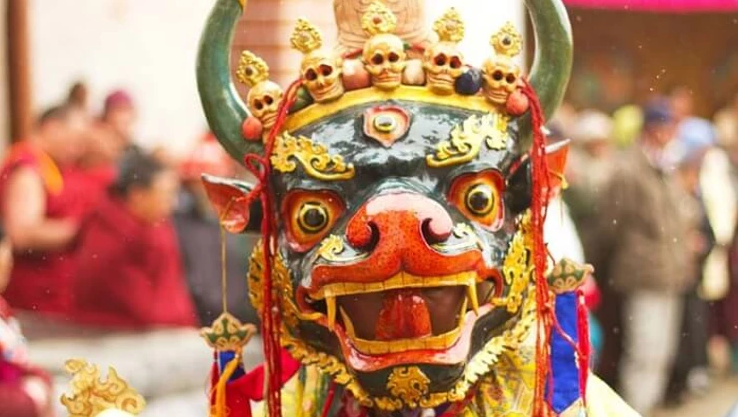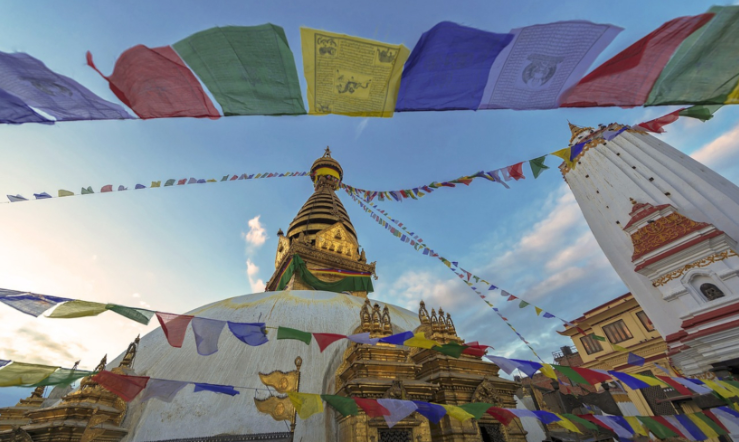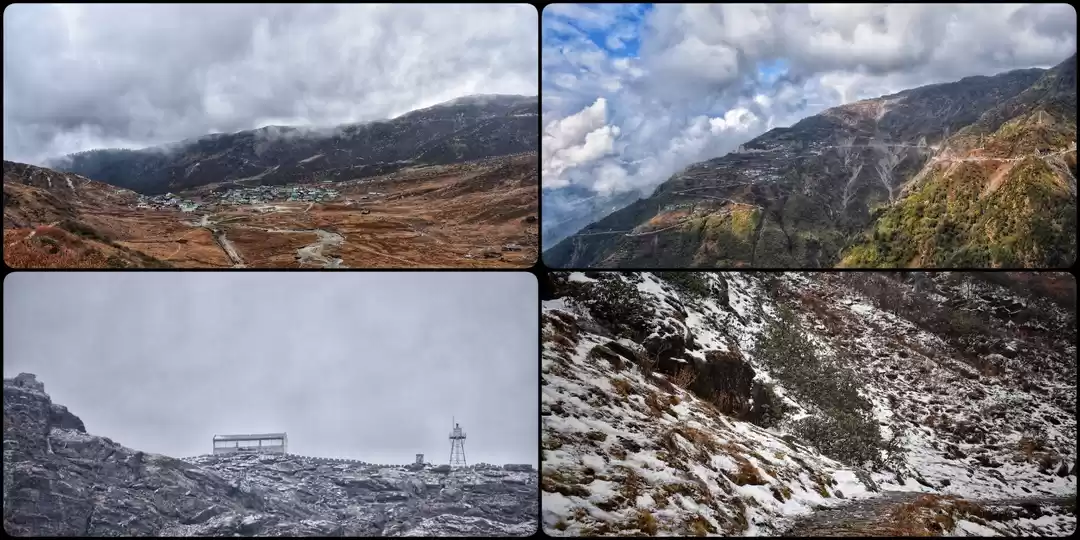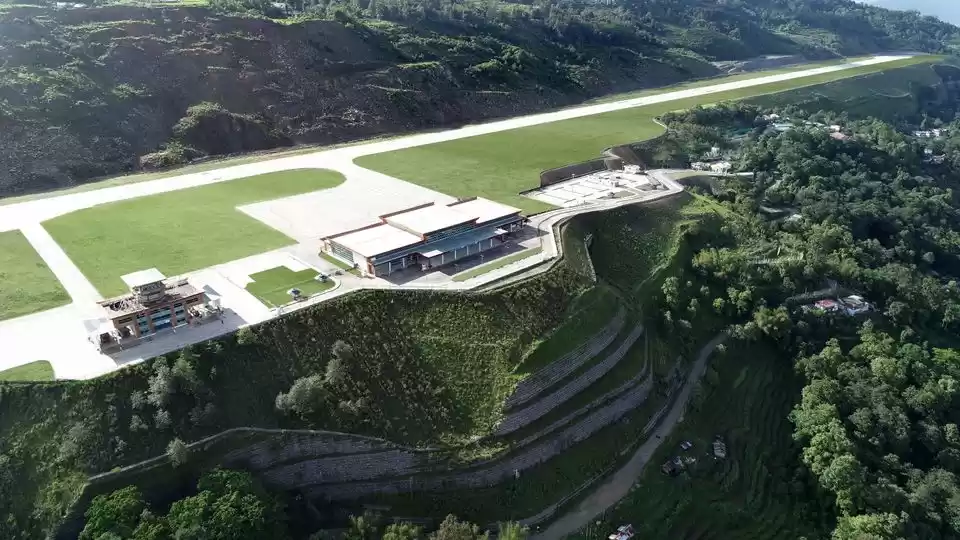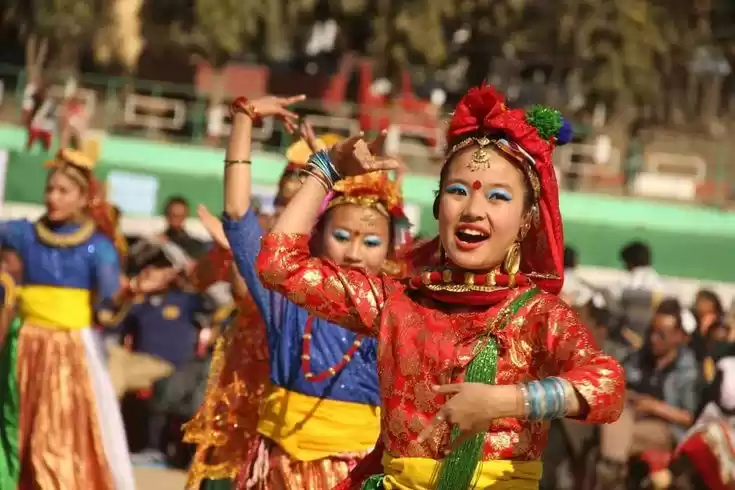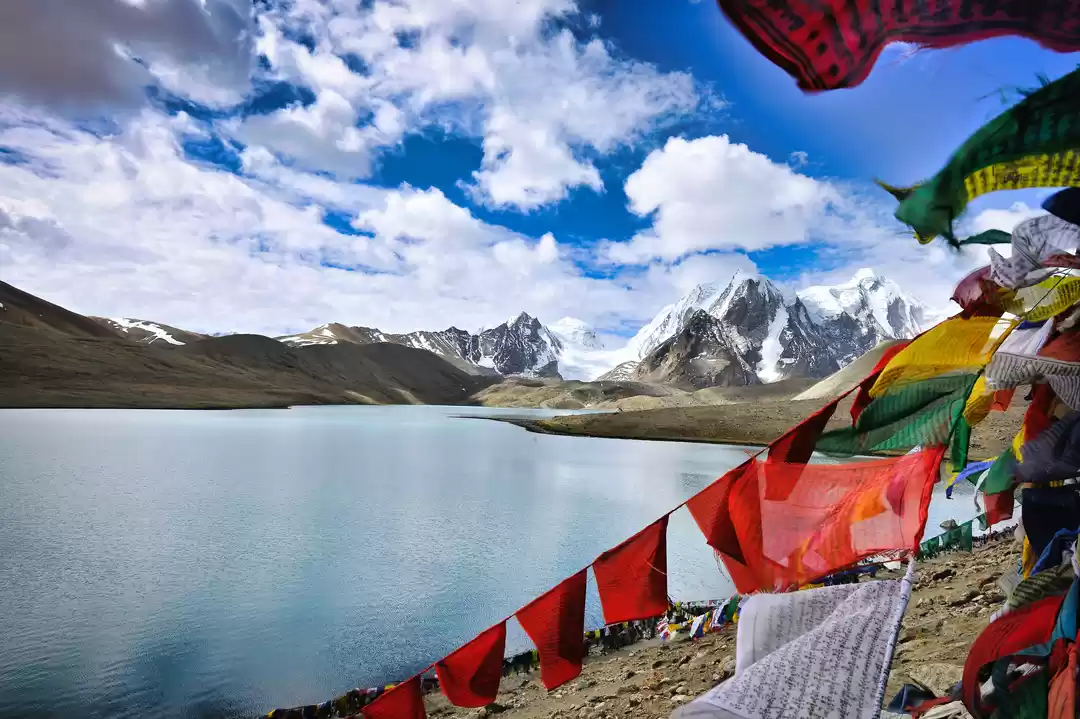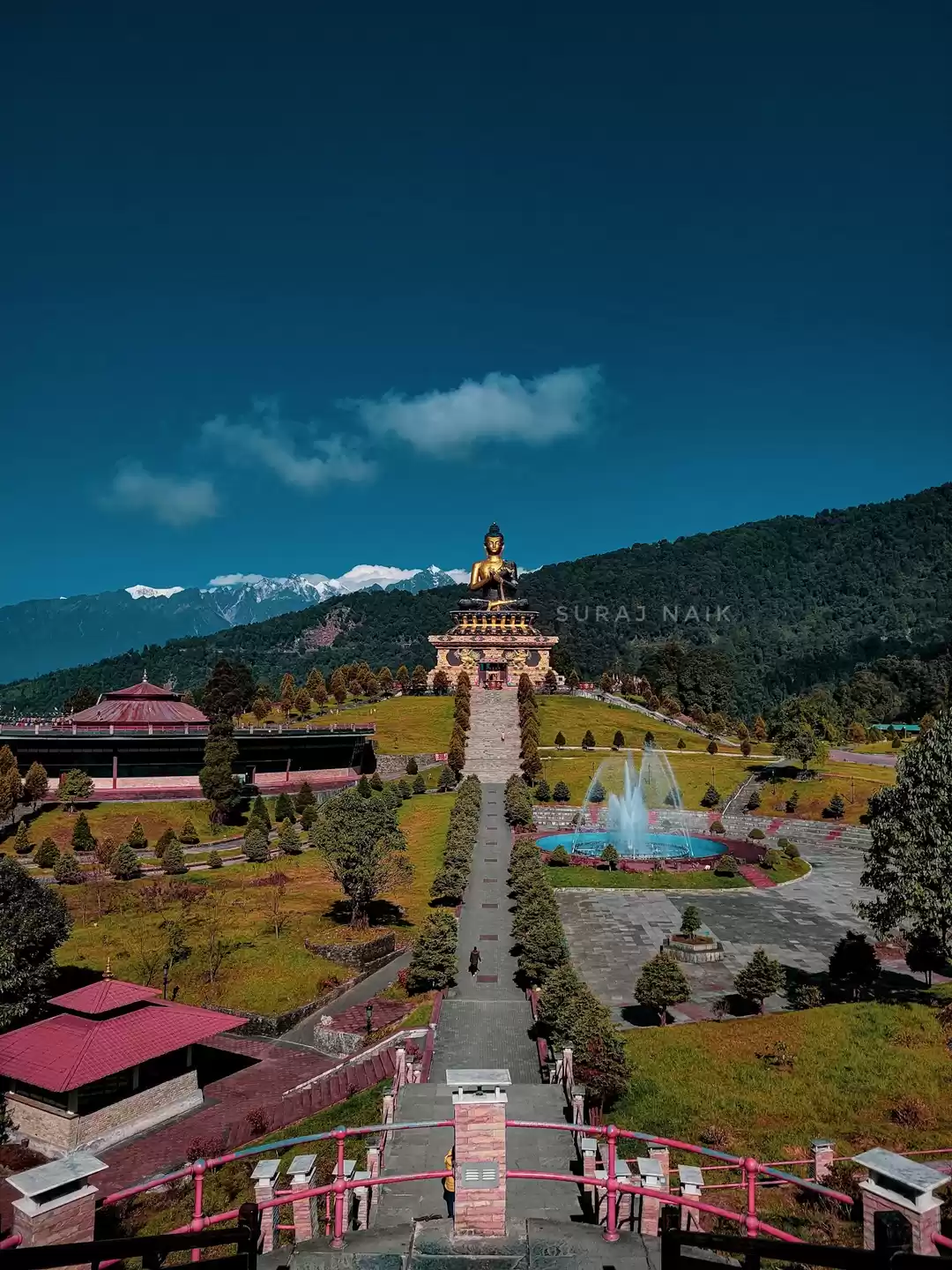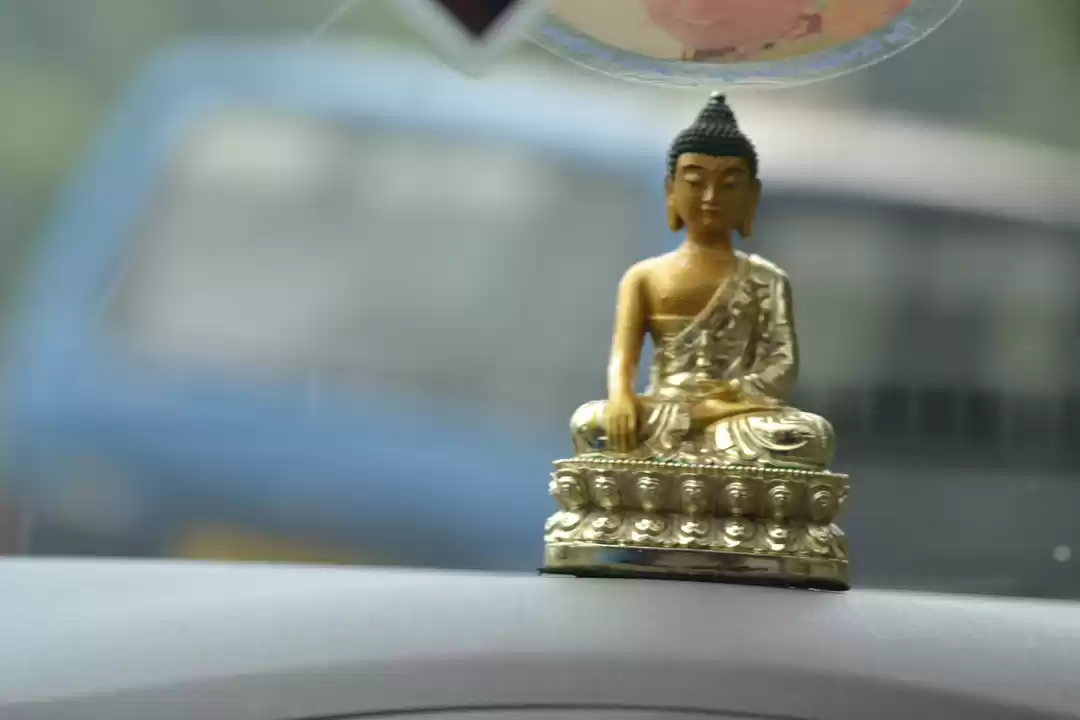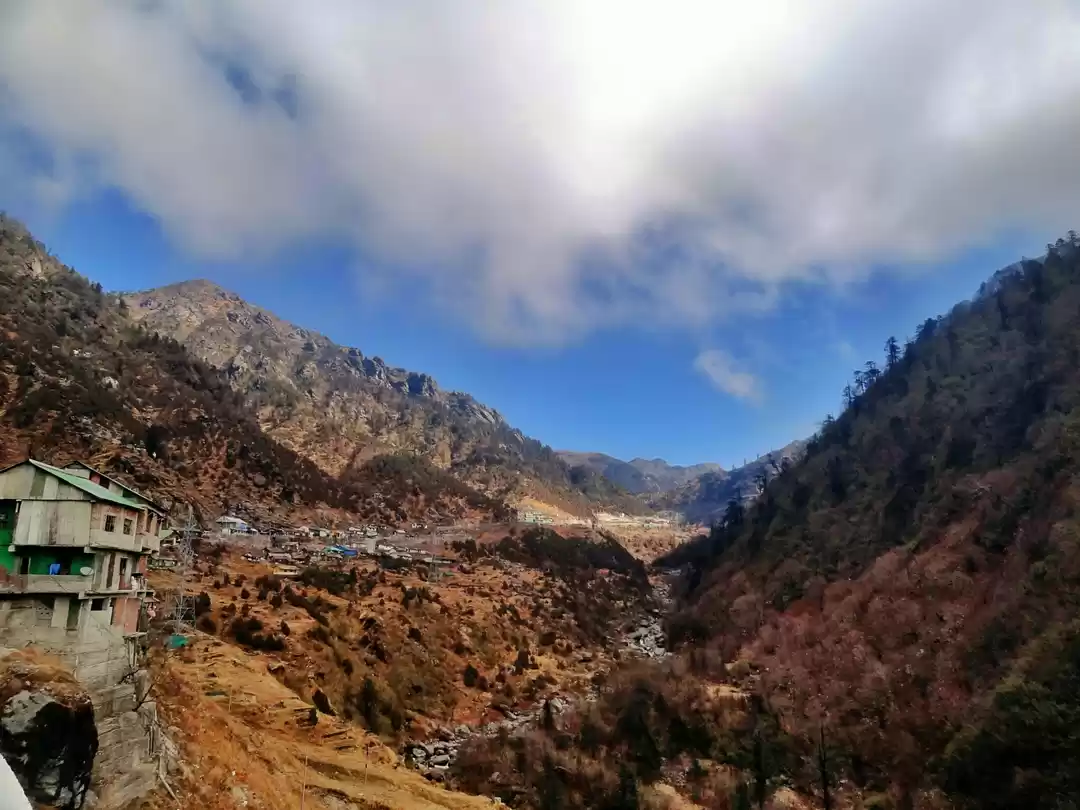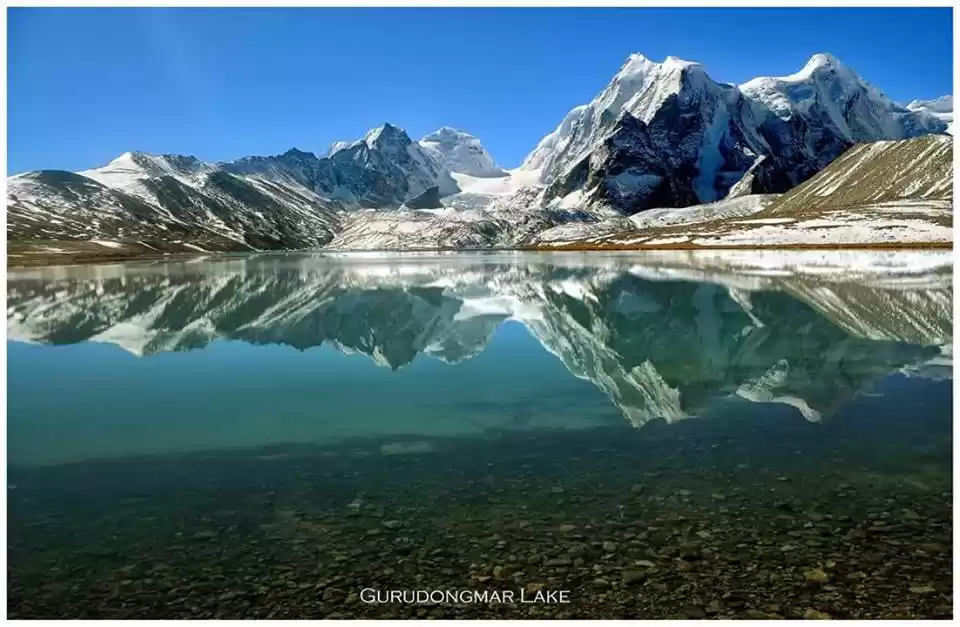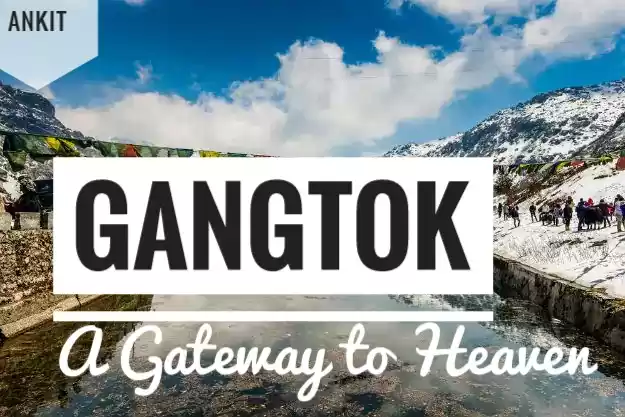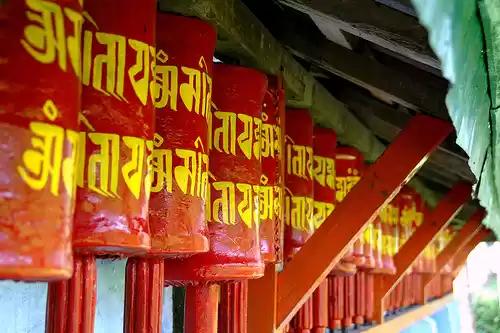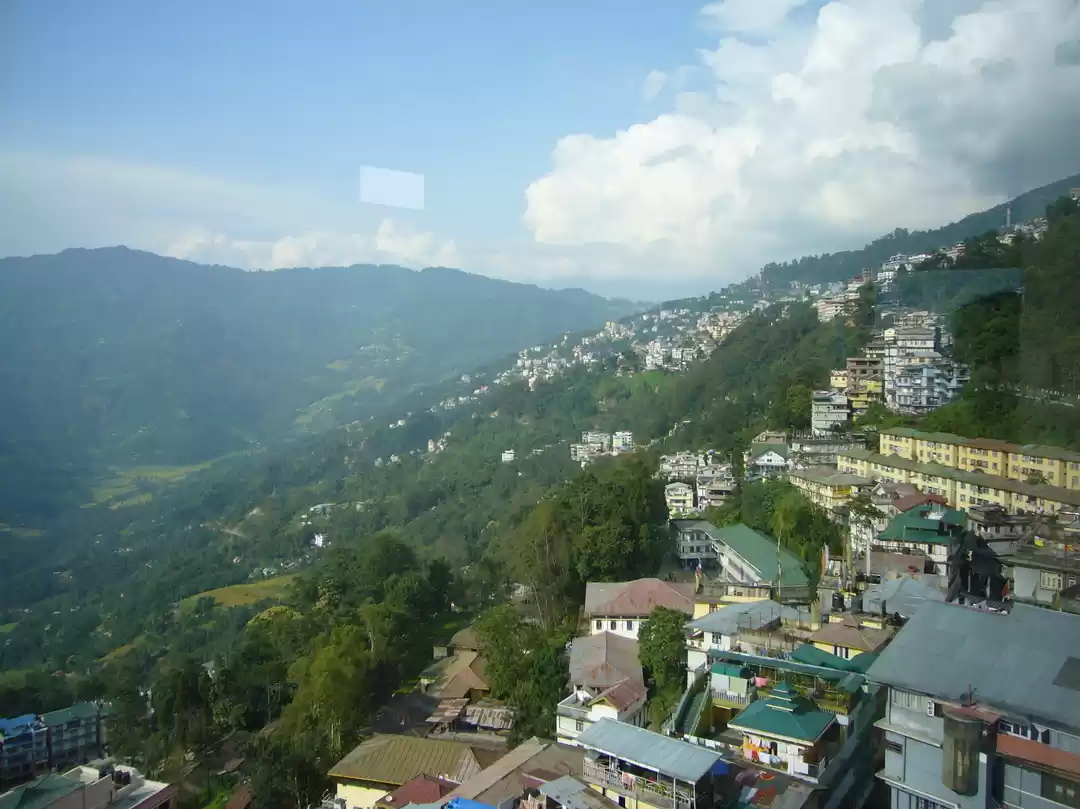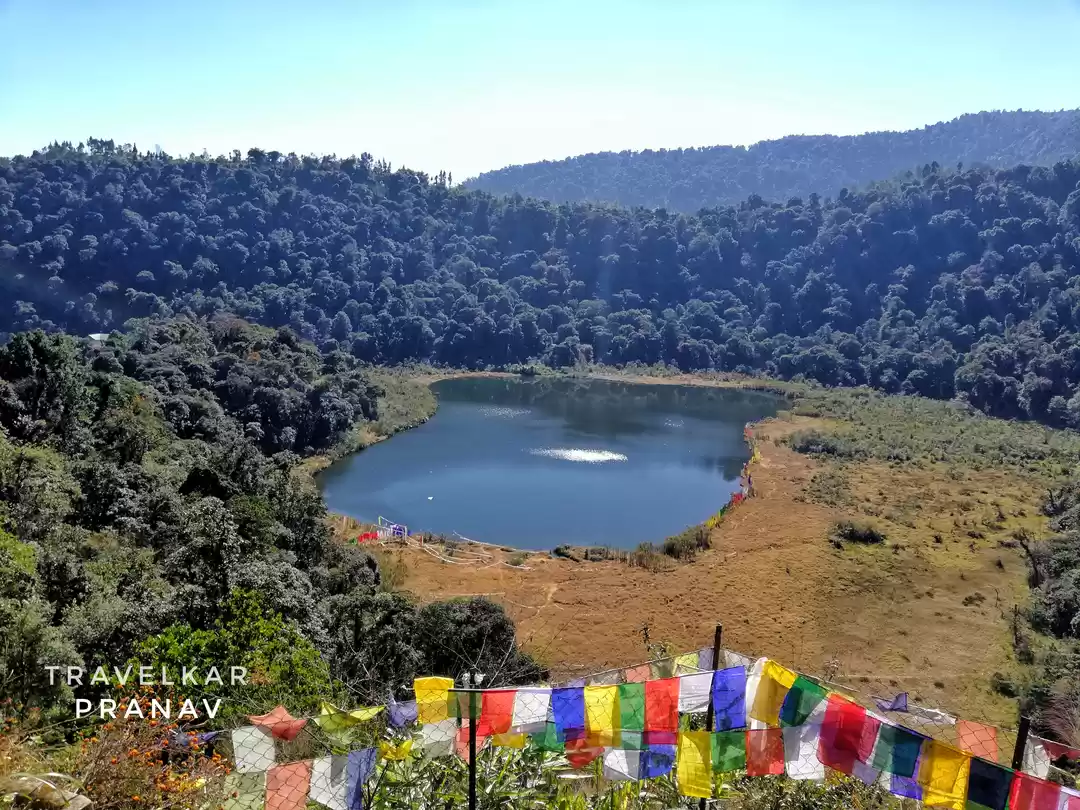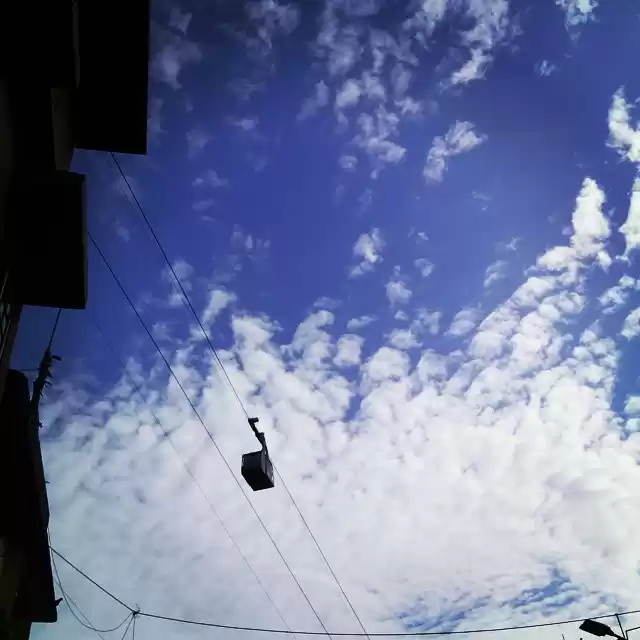From one of the world's highest lakes to breathtaking views of the snow-capped Himalayas; from steep valleys covered with lush-green subtropical woodlands to rhododendron groves blooming with flowers; from the gorgeous mural-filled monasteries of Tibetan Buddhism to the pristine Hindu shrines of the ever-growing Nepali community - Sikkim is a land of richness and diversity.
Whether you're looking for a high-altitude trek traversing through hidden mountain trails or just a relaxing holiday at a 5-star property where you wake up to see the Kanchenjunga peeping through the clouds - Sikkim has it all! Drive down the Zuluk loops, sit by the pristine Tsomgo Lake, walk around glacial streams, visit the Indo-Tibet border at Nathu La, feel the chills at Gurudongmar Lake, and binge on delicious momos while hopping around cafes in Gangtok. Your journey through this Himalayan state will leave you longing for more!
If you’ve been planning a trip to Sikkim, then here’s your one-stop guide for everything you need to know.
About Sikkim:
Home to the third highest peak in the world and considered to be a 'Princely State' during the British Rule, Sikkim continued to be an autonomous mountain kingdom till 1975 under the Republic of India. This tiny landlocked state located in the Eastern part of the country is bordered by Tibet in the north and northeast, Bhutan in the east, Nepal in the west, and West Bengal in the south.
Beyond the warmth of the people and the natural beauty that this state beholds, it has also been recognized as the World's First 100% Organic State by the United Nations.

Best Time To Visit:
This enchanting state observes four distinct seasons; winter, summer, autumn, and monsoon. Undoubtedly, the best time to visit Sikkim is during summer, through the months of mid-April to July, when the weather is pleasant and the temperature ranges from 28 to 30 degrees Celcius. This is also the time when the sky is mostly clear and the chances of spotting some of the highest Himalayan peaks is more!
August & September marks the monsoon, while October is yet another month when tourists flock to this state to enjoy the bliss of autumn. Winter stretches from November till March, and the temperature varies from 2 to 4 degrees Celcius, often dropping below zero degrees! If you're keen to experience snowfall and chills, then this would be the best time for you!

How To Reach?
Previously, Sikkim was mostly accessible via roads from the neighboring states. Even now, the easiest & best possible way is to fly to Bagdogra Airport in West Bengal or take a train to NJP Station and get a cab from there, for any of the hill towns in Sikkim. The roads are butter-smooth, and the drive is impeccable, offering splendid views throughout.
The newly inaugurated Pakyong Airport near the capital city of Gangtok highlights the government's efforts toward better connectivity, but currently, only a handful of flights are operating.

Where To Go?
While planning your trip to Sikkim, it's better you decide on which part of the state you wish to explore.
The capital city, Gangtok, lies in East Sikkim and it's one of the most visited places. Other than the bustling local markets and Insta-worthy cafes, you'd also find casinos in Gangtok! From here, you can head off to explore other places in East Sikkim, covering Rumtek Monastery, Tsomgo Lake, Nathu La, Baba Harbhajan Singh Temple, etc. The famous Old Silk Route also winds through the very heart of East Sikkim.
Spending a couple of days in Gangtok, you can plan to head off to North Sikkim, exploring the gorgeous valleys around Lachung and Lachen, before driving uphill - all the way to Guru Dongmar Lake, sitting at an altitude of 17,800 ft. On the way, you'll also get to stop by the postcard-perfect destinations like Yumesamdong and Yumthang Valley.
Located at the foothills of Mt. Kanchenjunga, West Sikkim offers one of the best views of the Southeast face of this peak. Some of the popular high-altitude treks, including Goecha La, begin from the quaint town of Yuksom. The beautiful amalgamation of nature, religion, and history makes West Sikkim a popular destination among tourists. Hike through the dense forests to visit the Khecheopalri Lake, considered to be a holy water body by the Buddhists. Soak in the serenity at Pelling and enjoy the tranquility encircling the age-old monasteries like Sangachoeling and Pemayansgtse.
Surrounded by beautiful forests and majestic hills, South Sikkim is the perfect vacation spot for those who are looking for a retreat, away from chaos and cacophony. Spend your days exploring the Rangit Valley, walk through the hidden trails of Namchi, adore the grandeur of the Buddha Park at Ravangla, and enjoy your days living with a local family at Borong.
It's literally impossible to cover the whole of Sikkim at one go, until and unless you plan to stay there for a month or more!
Where To Stay?
Sikkim offers a diverse range of accommodation options, ranging from luxurious properties to budget hotels, from backpacker's hostels to affordable homestays.
In Gangtok, you can stay at the Sinclairs - offering a mountain-facing infinity pool, or at Mayfair Hotel where you can try your luck at the casino! Other than that, there are several hotels in and around MG Marg, the most popular part of the town. There are hostels like Tagalong Backpackers and Zostel, which are preferred by solo travelers and trekkers. Pelling also has some unique luxury properties, Hotel Elgin being one of them, offering the views of Mt. Pandim from every room! In other smaller towns like Lachung, Lachen, and Yumthang - mostly homestay options are available, where the host would welcome you with warmth and treat you like a family! If you're looking for an out-of-the-box experience, you can choose to spend a night at the local monasteries, where rooms are occasionally available.
What To Eat?
The cuisine in Sikkim is tremendously influenced by Nepali and Tibetan delicacies, and you'd find momos, thenthuk, and thukpa almost everywhere in this state! But there's a lot more to try beyond that as well.
When in Gangtok, head to Thakali and try the authentic Nepali Thali - it's a must! While stopping by the local eateries, try Phagshapa - which is a strip of pork fat, stewed with dry chilies and radish. It's usually served with Chaang, a local alcoholic beverage made with fermented millets and warm water.
Another popular dish is sael roti, which resembles a pretzel and it's usually served along with potato curry. Don't forget to try Churpi - the local cheese made from yak milk, and hardened to make it like a toffee.
5 Bucketlist Experiences In Sikkim That You Can’t Afford To Miss!
1. Soak in the peaceful vibes while witnessing the beauty of the monasteries
You'd be surprised to know that this tiny Himalayan state is home to more than 200 monasteries, or Gompas as they are locally called! These monasteries not only influence the cultural heritage but has a deeper impact on the lifestyle of the people as well.
Your trip to Sikkim would be incomplete if you don't visit some of these monasteries, many of which date back to the 14th Century and are full of wall paintings, murals, and scriptures that are placed orderly inside the main sanctum.
Some of the popular monasteries are - Rumtek Monastery, Pemayangtse Monastery, Tashiding Monastery, Enchey Monastery, Phensang Monastery, Phodang Monastery, etc. There are various festivals where masked dancers perform within the monastery premises, and they're absolutely worth attending!
2. Driving down the challenging roads of Zuluk Loops, at 11,000 ft
For centuries, this route served the traders traveling from West to East and grew as a hub for commercial & cultural exchange. It'll surely be one of the most fascinating drives of your life, crossing the Zuluk Loops with thirty-two hairpin bends! The locals of Zuluk offer friendly homestay accommodation options for travelers, that'll give you an opportunity to learn more about the history of the Silk Route, as well as about the culture and lifestyle of the people living in this faraway region.
3. Witness the beauty of the frozen Guru Dongmar Lake at 17,800 ft
The sheer beauty of the lake and the ruggedness of the majestic mountains would surely leave you awestruck! One of the highest glacial lakes in the world, Guru Dongmar stands under the shadow of the sacred peak of Khangchen Gyao and is considered to be extremely holy by the Buddhists.
There are numerous folklores about this lake, and the most popular one states that Guru Padmasambhava had stopped here to drink water, while he was traveling from Tibet to India. Located at a distance of merely five kilometers from the Tibetan border, the road to this lake is only accessible during the summer months.
4. Explore the 'Valley of Flowers' at Yumthang
Often termed as the 'most picturesque village in Sikkim', Yumthang Valley is a paradise for nature lovers as it houses the Shingba Rhododendron Sanctuary which has over 24 species of Rhododendron flowers blooming from late February to mid-June.
Apart from the cosmic green meadows with yaks grazing all day long, you'd also find some rare hot springs here, which are often visited by tourists as they are believed to have miraculous healing power!
5. Hike through the Kanchenjunga National Park
Named after the third highest mountain peak in the world and nestled in the lap of the mighty Himalayas, Kanchenjunga National Park is considered to be a UNESCO World Heritage Site. Sprawling across a vast area of 850 sq km and home to most endemic and rare species of flora and fauna including the Snow Leopard and Himalayan Tahr, this national park adjoins Qomolangma National Nature Preserve in Tibet. Several trek routes run through this park, including the one leading to Goecha La - considered to be the most romantic trek in India!
How Long The Trip Should Be?
You can spend about 8 to 10 days in Sikkim, covering certain parts of the state, and make sure to prepare an itinerary that'll cover all that you wish to tick off your travel bucket list. No matter how much time you spend here, the memories will be etched on your heart and you'll surely long for more in the days to come!
Think we missed out on something? Tell us about it in the comments below. Or write about it here on Tripoto.










